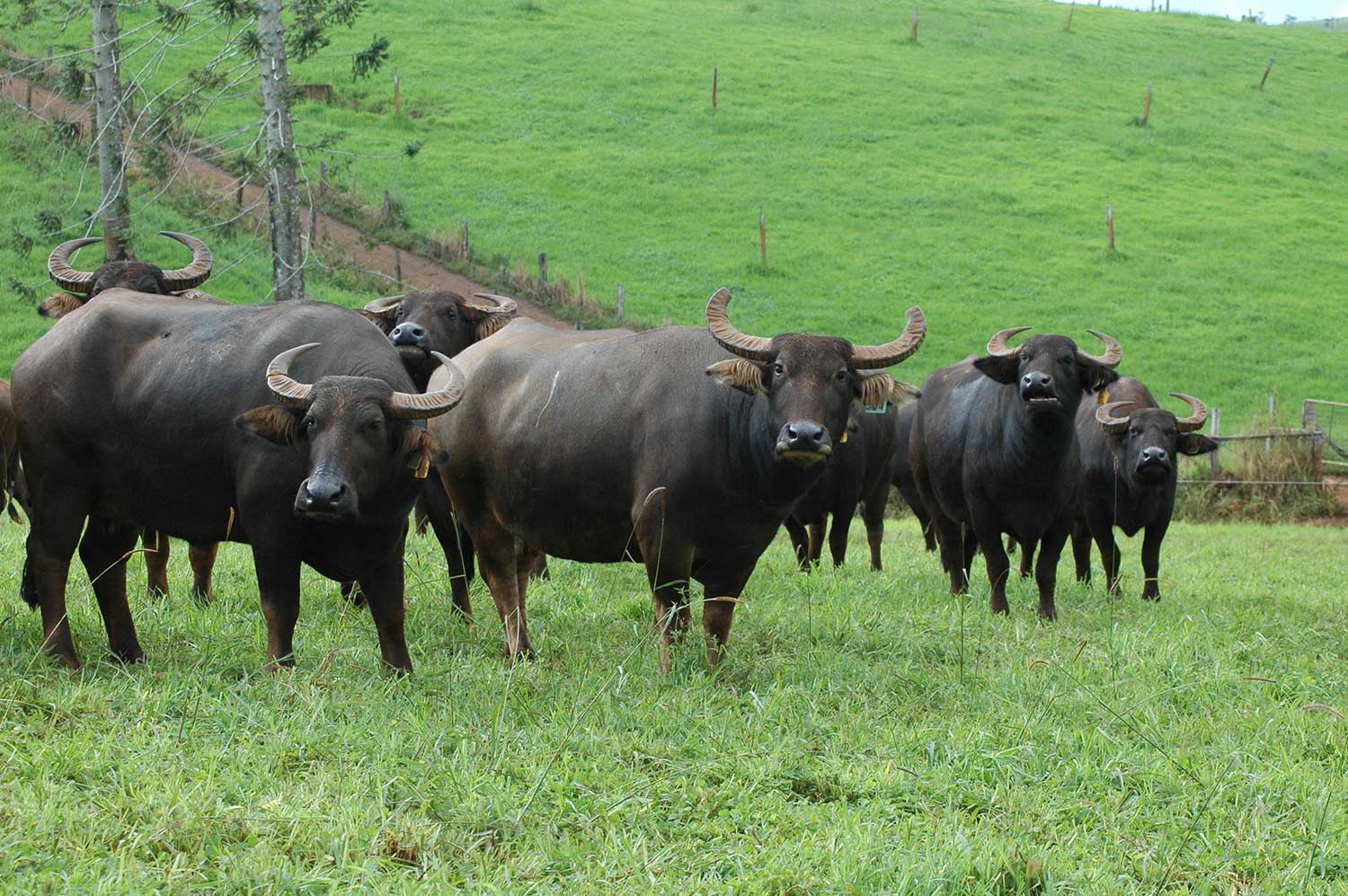In recognition of AgriFutures Australia’s longstanding involvement in the industry, we bring to you the latest industry highlights including project updates, unique industry insights and growth potential.
1. Buffalo is a mature industry
Buffalo are farmed in every Australian state, with milk and meat the principal products. The industry is labelled as a ‘mature’ industry, and research and development (R&D) priories are guided by the Animal Industries Five Year RD&E Plan 2014-2018, with discussions underway to update the buffalo five year plan in 2018.
To date, the majority of industry R&D has focused on improving the genetic base of the beast via cross-breeding, AI and semen importation. There has also been a focus on branded meat product, and understanding buffalo milk composition and processing.
While the industry is ‘mature’, it hasn’t been without its challenges. Development of the meat industry slowed in 2011, due to the ban on live exports to Indonesia. With few export or Halal registered abattoirs and abattoirs willing, or able, to process buffalo to the domestic market, industry growth has been limited. The recommencement of the live exports in January 2014 means there is now a significant opportunity in live export if the value chain can be managed from the wild population to the marketplace.
2. Buffalo are no longer pests
Changes to NSW and Victorian biosecurity legislation have been reason to celebrate over the last 12 months, with buffalo now classified as domestic livestock alongside cattle and sheep. The animals fall under NLIS regulations, permits are no longer required to keep the animals and they now have a pest-free status. The move is expected to create new growth opportunities for the industry in the southern states and is a big win for the industry
3. Buffaloman Barry is an industry legend
Publishing of the Australian Water Buffalo Manual was a major achievement in 2017, bringing together more than 40 years of industry knowledge and expertise. The publication is thanks to longstanding industry champion Barry Lemcke, who retired from his role at the NT Department of Primary Industry and Resources in 2017. In recognition of his commitment and contribution to the industry, Barry has also been bestowed honorary life membership to the Northern Territory Buffalo Industry Council (NTBIC) – a wonderful way to celebrate his career. The manual offers an introduction to the buffalo industry and is an ideal resource for anyone interested in farming buffalo.









